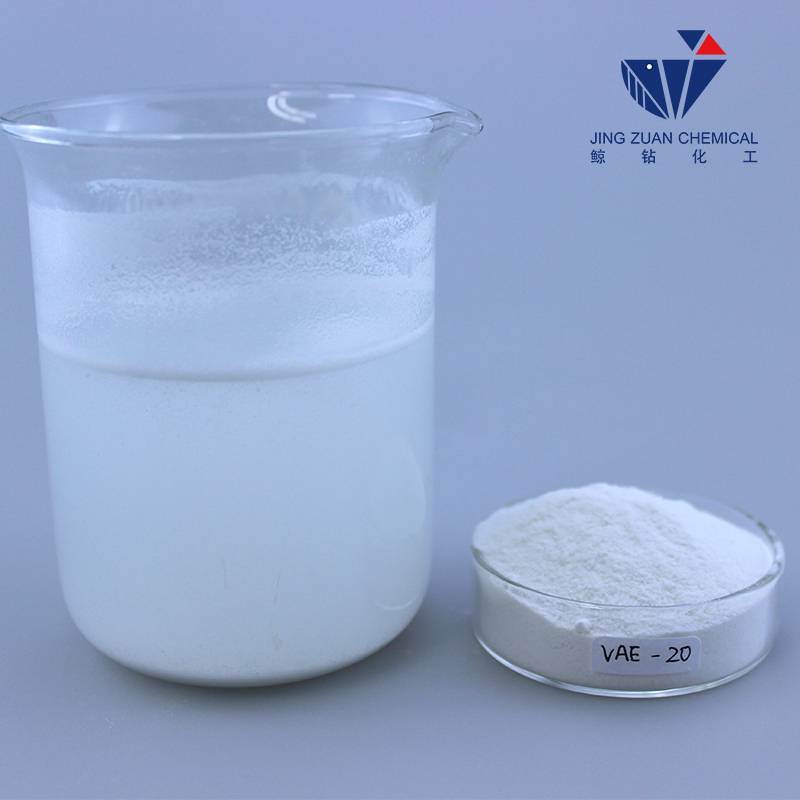
Nov . 09, 2024 21:21 Back to list
Properties and Applications of Redispersible Polymer Powders in Construction and Coatings
Understanding Redispersible Polymer Powder (RDP) and Its Applications
Redispersible Polymer Powder (RDP) has emerged as a vital component in the formulation of construction materials. This fine white powder is derived from synthetic polymers and is primarily used to improve the performance and durability of construction applications. RDPs are produced through a unique spray-drying process, which transforms liquid emulsions into powdered forms that can be conveniently transported and stored. Upon contact with water, RDPs redispersible, forming a flexible and cohesive film that enhances the properties of various building materials.
The Composition and Functionality of RDPs
At its core, RDP is composed of polymeric materials such as vinyl acetate, ethylene, styrene, and other copolymers. These polymers impart several beneficial properties to construction mixtures, including waterproofing, adhesion, flexibility, and resistance to environmental stress. Additionally, RDPs help to improve the workability of mortars and adhesives, making them easier to apply. When incorporated into formulations for tile adhesives, rendering systems, repair mortars, and other construction products, RDPs perform as a binder that enhances tensile strength and cohesion.
Key Benefits of Using Redispersible Polymer Powder
1. Improved Adhesion One of the most significant advantages of RDPs is their ability to enhance the adhesion properties of construction materials. When used in tile adhesives or exterior wall coatings, RDPs create a strong bond between the substrate and the material, ensuring longevity and durability. This characteristic is particularly crucial in environments exposed to moisture or temperature fluctuations.
2. Flexibility and Crack Resistance RDPs contribute to the flexibility of the final product. This flexibility allows the material to accommodate minor movements in the substrate without cracking, which is especially important in buildings subjected to temperature changes or structural shifts. Consequently, RDP-modified mortars exhibit enhanced performance in preventing cracks and maintaining integrity over time.
3. Water Resistance RDPs also improve the water resistance of construction materials. By forming a continuous film, RDPs reduce the permeability of the substrate, preventing water ingress and protecting the structure from potential damage. This feature is critical in applications such as exterior coatings and waterproofing membranes.
4. Enhanced Workability The incorporation of RDPs into construction mixtures improves their consistency and workability. RDP-modified products are easier to mix, apply, and finish, reducing the labor intensity and time required for construction projects. This usability advantage can lead to increased productivity on job sites.
redispersible polymer powder rdp

5. Sustainability As the construction industry shifts towards more sustainable practices, RDPs offer an eco-friendly solution. Many RDPs are derived from renewable resources and produce lower levels of volatile organic compounds (VOCs) compared to traditional binders. This shift not only benefits the environment but also contributes to healthier indoor air quality.
Applications of RDP in Construction
The versatility of RDP allows it to be utilized in a wide range of construction applications
. Key applications include- Tile Adhesives RDPs enhance the bond strength and flexibility of adhesives, leading to improved tile installation with better performance against delamination and cracking.
- External Insulation and Finishing Systems (EIFS) In these systems, RDPs improve the adhesion, flexibility, and durability of the finish coats, allowing for better insulation and aesthetic appeal.
- Render and Plaster RDPs allow for uniform application, good adhesion, and increased resilience to weather elements.
- Repair Mortars For patching and repair applications, RDP-modified mortars demonstrate excellent adhesion and flexibility, making them suitable for multiple surfaces.
Conclusion
In conclusion, Redispersible Polymer Powder represents a significant innovation in construction materials. With its numerous advantages, including enhanced adhesion, flexibility, water resistance, and workability, RDP has become essential in modern construction applications. As the demand for high-performance, sustainable building materials continues to rise, RDP is poised to play a crucial role in the industry's future, ensuring that structures are built to last while maintaining efficiency and environmental responsibility.
-
Versatile Hpmc Uses in Different Industries
NewsJun.19,2025
-
Redispersible Powder's Role in Enhancing Durability of Construction Products
NewsJun.19,2025
-
Hydroxyethyl Cellulose Applications Driving Green Industrial Processes
NewsJun.19,2025
-
Exploring Different Redispersible Polymer Powder
NewsJun.19,2025
-
Choosing the Right Mortar Bonding Agent
NewsJun.19,2025
-
Applications and Significance of China Hpmc in Modern Industries
NewsJun.19,2025







